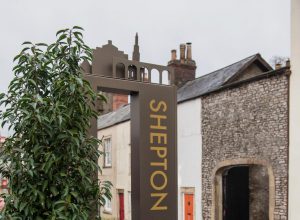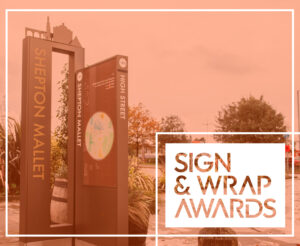We’ve been back at the Royal Botanic Gardens in Kew, Richmond, this time to help with interpretation around the Gardens’ Natural Area, a less formal part of the Gardens with managed wooded areas and more natural planting.
It has a distinctly rural character, despite being well and truly within Greater London’s conurbation.


Our design response for the sign family has been to switch the steel structures used in the more formal areas such as Temperate House and Chinese Grove and stick to natural materials. Signs comprise a modular arrangement, formed of oak planks for the upsides. These are connected by stainless steel fixings and aluminium interpretation panels, with stainless steel end plates to protect the wood’s end-grain from the weather and prevent splitting.
The big challenge here is that these structures are heavy. Typically, the response to this would be to specify concrete foundations but due to the sensitivity of the site we wanted to avoid any ground contamination. The solution is a buried steel ground box that requires no additional in-ground support.
We’ve responded by devising an alternative foundation, using a steel ground box to anchor the wood which is held up, off the ground, using a flitch beam plate, a traditional technology used for building timber houses.
Guy Warren, Design Director
The modular arrangement offers a flexible solution, with some totem signs and some with lecterns or wider panels.
Side panels can be inset with bamboo, perfect for creating additional nesting opportunities for beetles and bugs.
This scheme uses sustainably sourced timber, side steps the use of concrete and uses steel that is 100% recyclable.
The next step will be to find a way to replace the steel altogether.




